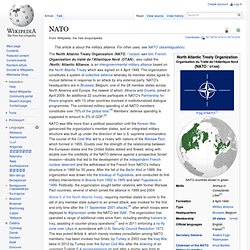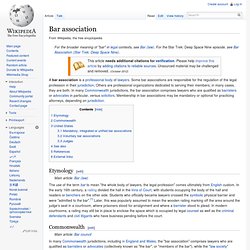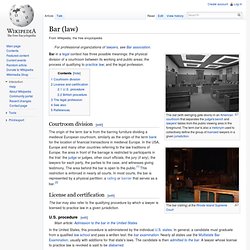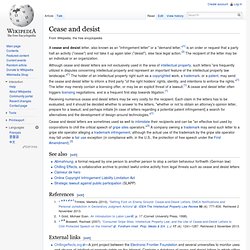

NATO. Coordinates: The North Atlantic Treaty Organization (NATO; /ˈneɪtoʊ/ NAY-toh; French: Organisation du traité de l'Atlantique Nord (OTAN)), also called the (North) Atlantic Alliance, is an intergovernmental military alliance based on the North Atlantic Treaty which was signed on 4 April 1949.

The organization constitutes a system of collective defence whereby its member states agree to mutual defense in response to an attack by any external party. NATO's headquarters are in Brussels, Belgium, one of the 28 member states across North America and Europe, the newest of which, Albania and Croatia, joined in April 2009. An additional 22 countries participate in NATO's Partnership for Peace program, with 15 other countries involved in institutionalized dialogue programmes. The combined military spending of all NATO members constitutes over 70% of the global total.[4] Members' defense spending is supposed to amount to 2% of GDP.[5] History Beginnings Cold War French withdrawal. Slave Power. Salmon P. Chase. Salmon Portland Chase (January 13, 1808 – May 7, 1873) was an American politician and jurist who served as U.S.

Senator from Ohio and the 23rd Governor of Ohio; as U.S. Treasury Secretary under President Abraham Lincoln; and as the sixth Chief Justice of the United States. Early life and education[edit] Chase was born in Cornish, New Hampshire, to Janet Ralston and Ithamar Chase, who died in 1817 when Salmon was nine years old. His mother was left with ten children and few resources, and so Salmon lived from 1820 to 1824 in Ohio with his uncle Bishop Philander Chase, a leading figure in the Protestant Episcopal Church in the West.[3] U.S. Entrance into politics[edit] Large denominations of United States currency. Overview and history[edit] High-denomination currency was prevalent from the very beginning of U.S.

Government issue (1860). Interest-bearing notes of $500, $1,000, $5,000, and $10,000 were issued in 1861, and $5,000 and $10,000 United States Notes were released in 1878. There are many different designs and types of high-denomination notes. The high-denomination bills (together with the $1 through $100 denominations) were issued in 1929 in the smaller size that remains the format to this day.
. $500: William McKinley, 25th U.S. The reverse designs are abstract scroll-work with ornate denomination identifiers. Bar association. A bar association is a professional body of lawyers.

Some bar associations are responsible for the regulation of the legal profession in their jurisdiction; Others are professional organizations dedicated to serving their members; in many cases, they are both. In many Commonwealth jurisdictions, the bar association comprises lawyers who are qualified as barristers or advocates in particular, versus solicitors. Membership in bar associations may be mandatory or optional for practicing attorneys, depending on jurisdiction.
Bar (law) Bar in a legal context has three possible meanings: the physical division of a courtroom between its working and public areas; the process of qualifying to practice law; and the legal profession.

William McKinley. Woodrow Wilson. In his first term as President, Wilson persuaded a Democratic Congress to pass a legislative agenda that few presidents have equaled, remaining unmatched up until the New Deal in 1933.[2] This agenda included the Federal Reserve Act, Federal Trade Commission Act, the Clayton Antitrust Act, the Federal Farm Loan Act and an income tax.

Child labor was curtailed by the Keating–Owen Act of 1916, but the U.S. Supreme Court declared it unconstitutional in 1918. Wilson also had Congress pass the Adamson Act, which imposed an 8-hour workday for railroads.[3] Although considered a modern liberal visionary giant as President, Wilson was "deeply racist in his thoughts and politics" and his administration racially segregated federal employees and the Navy.[4][5] According to Wilson biographer A. Federal Trade Commission Act. The Federal Trade Commission Act of 1914 (15 U.S.C §§ 41-58, as amended) (FTC Act) established the Federal Trade Commission (FTC).

As initially established it consisted of a bipartisan body of five members appointed by the president of the United States for seven-year terms. This commission was authorized to issue “cease and desist” orders to large corporations to curb unfair trade practices. Some of the unfair methods of competition that were targeted include deceptive advertisements and pricing. It passed the Senate by a 43-5 vote on September 8, 1914; passed the House on September 10, without a tally of yeas and nays, and was signed into law by President Wilson on September 26. Cease and desist. A cease and desist letter, also known as an "infringement letter" or a "demand letter,"[1] is an order or request that a party halt an activity ("cease") and not take it up again later ("desist"), else face legal action.[2] The recipient of the letter may be an individual or an organization.

Although cease and desist letters are not exclusively used in the area of intellectual property, such letters "are frequently utilized in disputes concerning intellectual property and represent an important feature of the intellectual property law landscape. "[1] The holder of an intellectual property right such as a copyrighted work, a trademark, or a patent, may send the cease and desist letter to inform a third party "of the right holders' rights, identity, and intentions to enforce the rights. Receiving numerous cease and desist letters may be very costly for the recipient. See also[edit] References[edit] External links[edit]